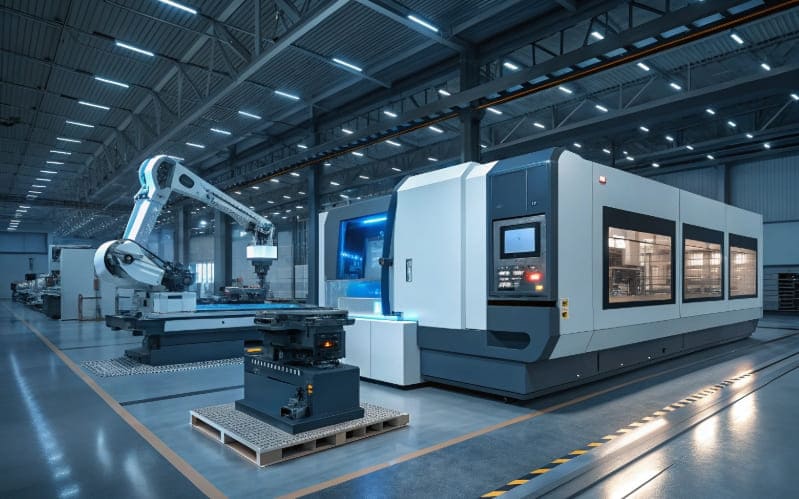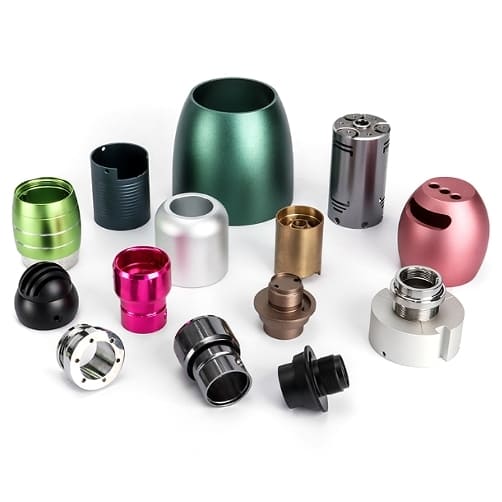Precision manufacturing is a game of microns. Even the smallest deviation can lead to failure in high-stakes industries like aerospace, medical devices, and automotive engineering. But what exactly does "zero tolerance machining" mean, and is it even possible to achieve?
Zero tolerance machining refers to manufacturing processes that aim for the highest precision, minimizing deviations as close to zero as possible. While absolute zero tolerance is theoretically unattainable, advanced CNC machining and quality control techniques push tolerances to the limits of current technology.

Some industries demand parts with extreme accuracy. A minor misalignment can lead to catastrophic consequences. Let’s dive deeper into the concept of zero tolerance machining and explore how manufacturers achieve near-perfect precision.
How close to zero can machining tolerances actually get?
Even the best machines have physical limits. Material properties, environmental factors, and tool wear all impact precision. But modern CNC machining can achieve tolerances within a few microns, ensuring near-zero deviations.
The most precise CNC machining processes can achieve tolerances as tight as ±0.0001 inches (±2.5 microns), depending on the material and manufacturing process used.
Factors that affect machining tolerance
Achieving ultra-tight tolerances isn’t just about using the best CNC machines. Several factors determine how close to zero a part can be machined:
Material properties – Metals expand and contract with temperature changes. Some materials, like titanium, are harder to machine accurately.
Machine capability – High-end CNC machines with advanced servo motors and thermal compensation offer greater precision.
Tool wear – Cutting tools degrade over time, affecting the accuracy of the final product.
Environmental conditions – Temperature, humidity, and vibration can introduce slight variations in machining.
Techniques to achieve near-zero tolerances
To minimize deviation, manufacturers use several techniques:
High-precision CNC machining – Multi-axis CNC machines with sub-micron accuracy.
Thermal compensation systems – Adjusting for temperature variations in real time.
Quality control with CMM and laser measurement – Ensuring every part meets specifications.
Cryogenic cooling and ultra-fine cutting tools – Reducing tool wear and improving cutting precision.
Why is zero tolerance machining important in critical industries?
Precision is non-negotiable in sectors like aerospace, medical devices, and semiconductor manufacturing. A single defect can cause catastrophic failures.
Zero tolerance machining is essential in industries where even the smallest deviation can lead to mechanical failure, safety hazards, or non-functional components.

Aerospace and defense applications
Jet engine components, landing gear, and missile guidance systems require extreme precision. A minor defect can lead to engine failure or structural weakness.
Medical and surgical instruments
Implants, prosthetics, and surgical tools must fit perfectly to function correctly. A poorly machined implant can lead to serious health risks.
Semiconductor manufacturing
Microchips and circuit boards require nanometer-level precision. Even a tiny deviation can disrupt electronic functions.
What are the challenges of achieving zero tolerance machining?
While near-zero tolerance is achievable, it comes with significant challenges in cost, technology, and time.
The biggest challenges in zero tolerance machining include high production costs, the need for advanced technology, and the limitations of physical materials and environmental conditions.
Cost implications
High-precision machining requires expensive equipment, specialized tools, and rigorous quality control, increasing manufacturing costs.
Material limitations
Even the best materials have imperfections. Machining at near-zero tolerance requires selecting the right material and carefully controlling machining conditions.
Quality control complexity
Ensuring every part meets exact specifications demands high-precision measuring tools like coordinate measuring machines (CMMs), laser scanners, and X-ray inspection.
How does CNC technology help achieve zero tolerance machining?
Modern CNC machines use automation, real-time monitoring, and high-precision tools to minimize errors.
CNC machining plays a critical role in zero tolerance manufacturing by using computer-controlled precision, multi-axis movement, and advanced sensors to detect and correct deviations in real time.
Advanced CNC machining techniques
5-axis machining – Provides greater flexibility and precision.
Real-time error correction – Machines adjust based on temperature and tool wear.
Automated tool calibration – Reduces human error and ensures consistency.
How do manufacturers ensure zero tolerance in mass production?
Mass production presents additional challenges in maintaining precision across thousands of parts.
Manufacturers use statistical process control (SPC), in-line inspections, and automated adjustments to ensure zero tolerance across high-volume production.
Key strategies for precision in mass production
Automated quality control systems – Real-time defect detection and rejection.
Statistical process control (SPC) – Analyzing production data to maintain consistency.
High-precision molds and fixtures – Ensuring uniformity in every part.
What are the future trends in zero tolerance machining?
Advancements in AI, nanotechnology, and adaptive manufacturing will push machining precision even further.
The future of zero tolerance machining includes AI-driven adjustments, quantum-level measurements, and self-correcting CNC systems that will redefine precision engineering.
Upcoming technologies
AI-driven machining adjustments – Real-time adaptive manufacturing.
Nano-scale cutting tools – Achieving atomic-level precision.
Smart factories – Fully automated, self-optimizing production systems.
Conclusion
Zero tolerance machining represents the pursuit of perfection in manufacturing. While absolute zero tolerance is impossible, modern CNC technology brings tolerances close to zero, ensuring the highest precision in critical industries.
